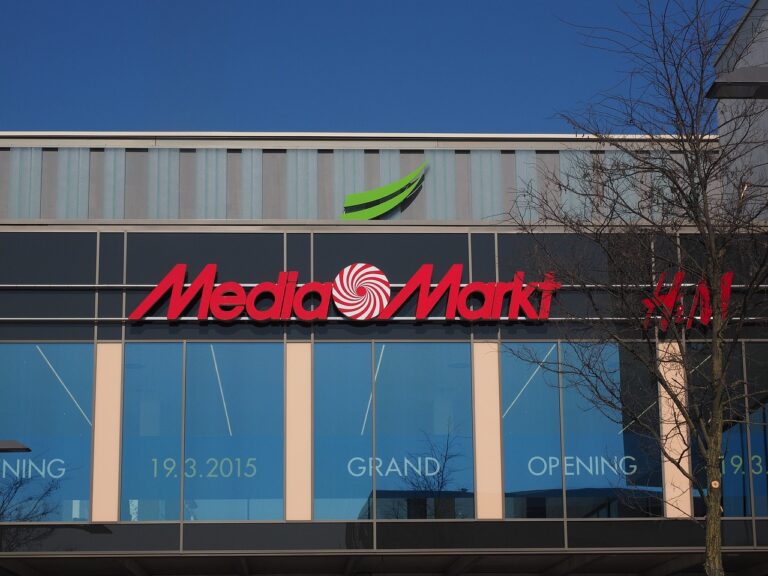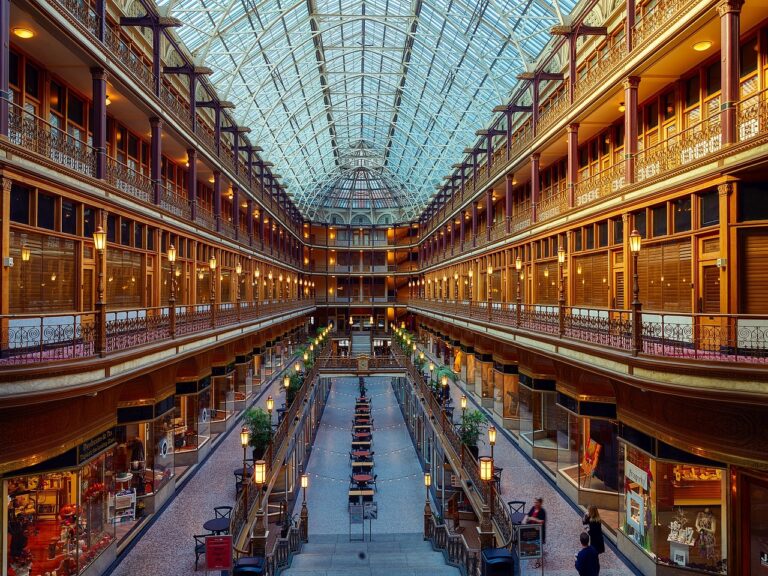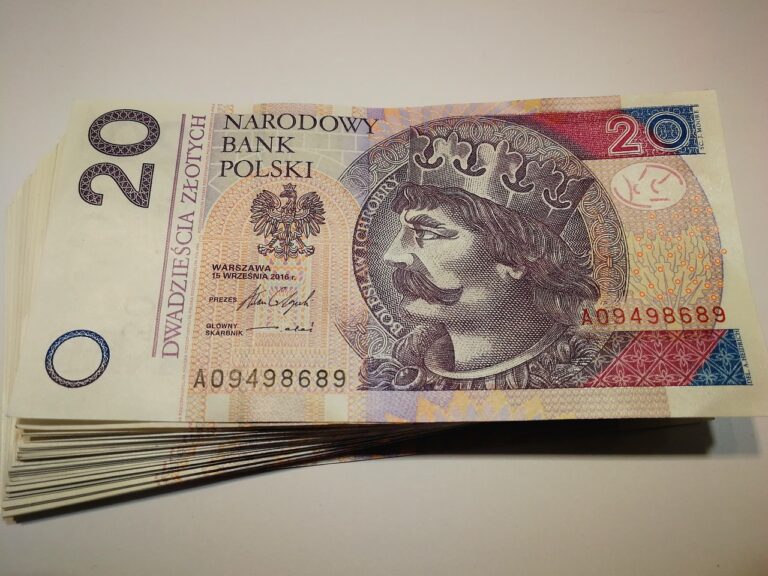Leveraging Sustainable Packaging for Food Products
Sustainable packaging for food products is gaining momentum in the consumer goods industry due to its positive impact on the environment. With an increasing awareness of environmental issues such as plastic pollution and climate change, consumers are actively seeking products packaged in sustainable materials. By choosing sustainable packaging options, companies can reduce their carbon footprint and contribute to a healthier planet for future generations.
The use of sustainable packaging for food products also aligns with the growing trend of conscious consumerism. Consumers are not only looking for products that meet their quality and taste preferences but also those that resonate with their values. Packaging plays a significant role in conveying a brand’s commitment to sustainability, and choosing eco-friendly options can enhance a company’s reputation and appeal to a wider market of environmentally conscious consumers.
• Sustainable packaging for food products is gaining momentum in the consumer goods industry due to its positive impact on the environment.
• Consumers are actively seeking products packaged in sustainable materials.
• Companies can reduce their carbon footprint by choosing sustainable packaging options.
• Sustainable packaging aligns with the growing trend of conscious consumerism.
• Packaging plays a significant role in conveying a brand’s commitment to sustainability.
• Choosing eco-friendly options can enhance a company’s reputation and appeal to environmentally conscious consumers.
The Impact of Traditional Packaging on the Environment
Traditional packaging, such as plastic wrappers, styrofoam containers, and single-use plastics, has a significant negative impact on the environment. These materials are not easily recyclable and often end up in landfills or oceans, contributing to pollution and harm to wildlife. The production of traditional packaging also requires a substantial amount of energy and resources, further depleting natural reserves and emitting greenhouse gases into the atmosphere.
Additionally, the disposal of traditional packaging often leads to littering in public spaces, creating an unsightly and harmful environment for both humans and animals. The slow decomposition rate of materials like plastic means that they can remain in the environment for hundreds of years, causing long-term damage to ecosystems. Overall, the continued use of traditional packaging is unsustainable and contributes to the worsening state of our planet’s health.
Benefits of Using Sustainable Packaging for Food Products
Sustainable packaging for food products offers numerous advantages that go beyond environmental benefits. By choosing sustainable materials, food companies can reduce their carbon footprint and contribute to a healthier planet. Additionally, sustainable packaging can enhance brand reputation and appeal to environmentally conscious consumers who prioritize eco-friendly products.
Moreover, using sustainable packaging can also lead to cost savings in the long run. While the initial investment may be higher than traditional packaging materials, the durability and recyclability of sustainable options can ultimately lower production and waste management costs for food companies. Ultimately, the shift towards sustainable packaging for food products is not only a responsible choice for the environment but also a strategic decision that can positively impact both the planet and a company’s bottom line.
What is sustainable packaging?
Sustainable packaging refers to packaging materials and practices that have a reduced impact on the environment throughout their lifecycle. This includes using materials that are recyclable, compostable, or biodegradable.
Why is sustainable packaging important for food products?
Sustainable packaging is important for food products because it helps reduce the environmental impact of packaging waste. It also shows consumers that a company cares about sustainability and can help attract environmentally-conscious customers.
How does traditional packaging impact the environment?
Traditional packaging, such as plastic and styrofoam, can have a negative impact on the environment. These materials are often not biodegradable and can take hundreds of years to decompose, leading to pollution and harm to wildlife.
What are the benefits of using sustainable packaging for food products?
Using sustainable packaging for food products can help reduce waste, lower carbon emissions, conserve natural resources, and improve brand reputation. It can also appeal to consumers who are looking for eco-friendly options.
Are there any regulations or certifications for sustainable packaging?
Yes, there are various certifications and regulations for sustainable packaging, such as the Forest Stewardship Council (FSC) certification and the Sustainable Packaging Coalition’s How2Recycle label. These certifications can help consumers identify products with sustainable packaging.







